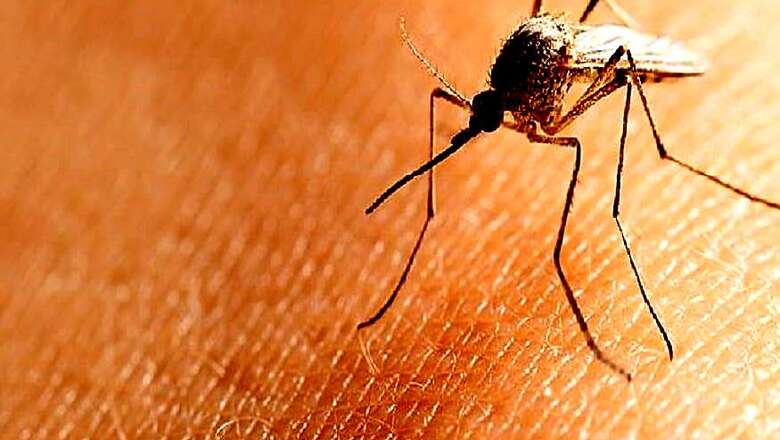
views
Hyderabad has more number of Culex mosquitoes than that of dengue and malaria ringing a caution alarm in the city against filariasis and the much-dreaded Japanese encephalitis.
Dengue is spread by bite of female mosquito, Aedes aegypti and malaria is caused by Anopheles mosquitoes. Monsoon and post monsoon seasons see a rise in mosquito-borne diseases including dengue, malaria, Japanese encephalitis, Zika virus, Chikungunga, Yellow fever among others.
According to entomologists more caution should be taken in view of long term threat of Japanese encephalitis, as Celux is a hardy genus and survives several adversities.
Teams of Entomologists on streets and inside homes spraying, fogging and carrying out anti-larval operations have found out six of every 10 mosquitoes in the city are of Culex genus, The Hindu quoted Greater Hyderabad Municipal Corporation Chief Entomologist A. Rambabu. He added that Aedes aegypti, on the other hand, constituted 20 percent to 30 percent, while malaria causing Anopheles is negligible.
Entomology workers are capturing mosquitoes with the help of aspirators and suction tubes, which are analysed later to identify the species and disease-causing virus.
Rambabu added that while Culex larvae are found in dirty waters mostly in and around the Musi River, dengue-causing mosquitoes are mostly found indoors or in open plots.
“Most often, hundreds of Aedes aegypti larvae are found breeding in the plates kept underneath the flowerpots. We once counted 500 to 600 larvae in a single plate at a VIP’s home. There could be hundreds of such pots in each home, and the larvae could be in millions,” Rambabu said, emphasising on the need for community involvement in vector control operations.
Besides, rainwater which gets accumulated in discarded cups, empty coconut shells and tyres serve as effective breeding grounds for the larvae of disease-spreading mosquitoes.
Houses that are locked for several years and discarded corners inside homes often become breeding grounds of mosquitoes, Rambabu said.
Though Culex mosquito has not become dangerous so far, it certainly has the potential and eradicating them is a difficult job. The genus has high resistance, and unlike dengue spreading Aedes aegypti, which can move only within half a kilometre radius, the infecting range of Celux mosquitoes is five to six kilometres.
“In case people arriving here from outside the State carry Encephalitis virus, we might become more susceptible. In such a situation, having so many Culex mosquitoes could prove disastrous. Hence, vector control should be taken rather seriously by community members too by keeping their homes and surrounding areas clean and free of larvae,” Rambabu was quoted as saying by The Hindu.
He suggests that though the department is spraying chemicals and larvicides along with carrying fogging operations, people may follow simple remedies such as coconut oil at home to prevent from being bitten by these mosquitoes.
Coconut oil is an effective larvicide, and maybe mixed without in stored water and in the plates used for flower pots without any harm, he said.




















Comments
0 comment